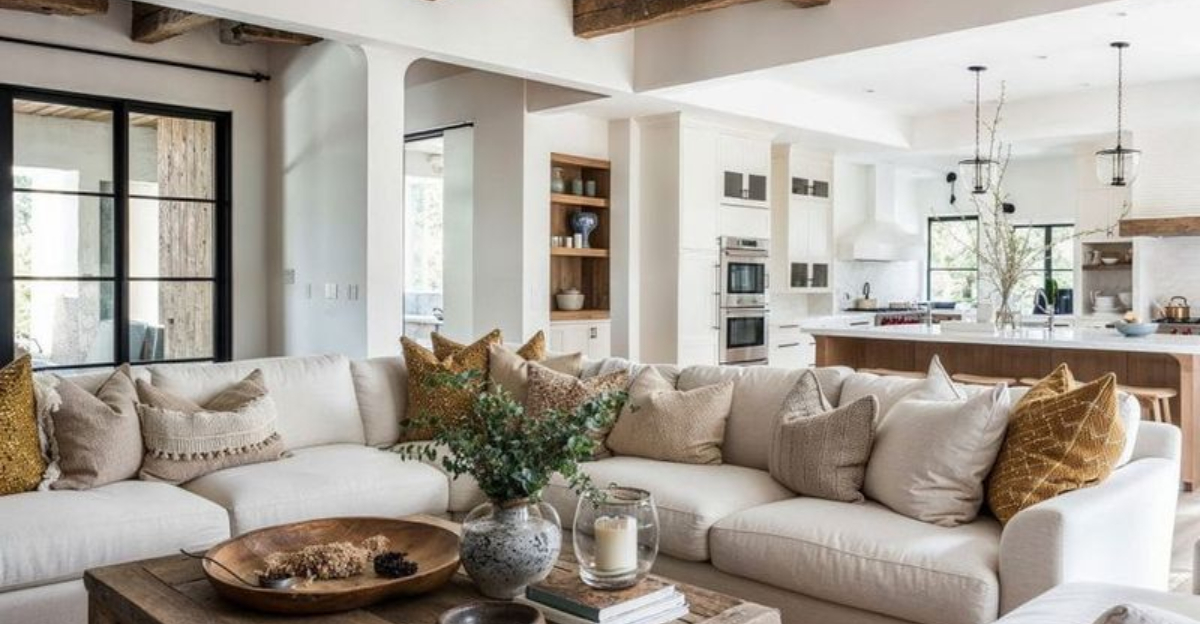Your forever home isn’t just about fancy countertops or extra square footage. It’s the place where memories are made, where your family grows, and where you feel most like yourself.
Creating this special space takes thoughtful planning and understanding what truly matters to you in the long run.
1. Think Long-Term, Not Just Right Now
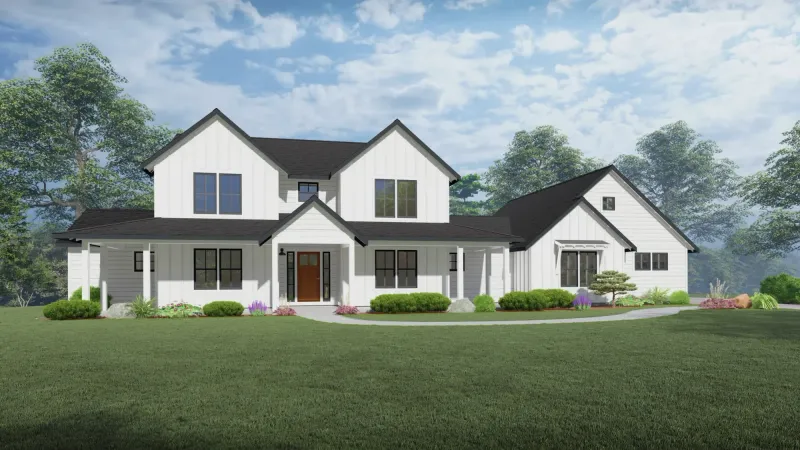
Building a forever home requires looking beyond current trends. Consider how your needs might evolve over decades, not just years.
Will those steep stairs work when you’re older? Could that basement become a teen hangout someday? Smart planning now prevents costly renovations later.
2. Prioritize Accessibility From Day One
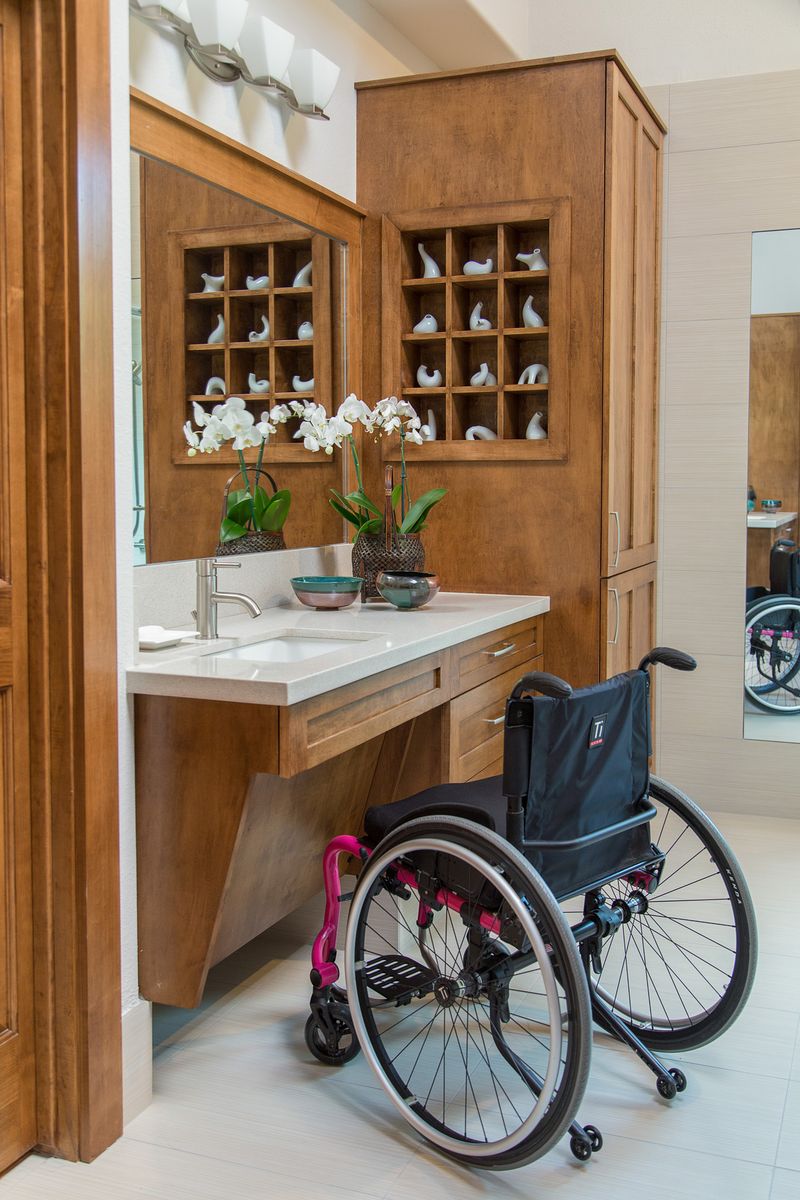
Zero-step entries aren’t just for grandparents. Wide doorways, lever handles, and curbless showers benefit everyone eventually.
Young families with strollers appreciate the same features that will serve you decades later. Universal design creates a home that adapts to you, rather than forcing you to adapt to it.
3. Create Flexible Spaces That Evolve
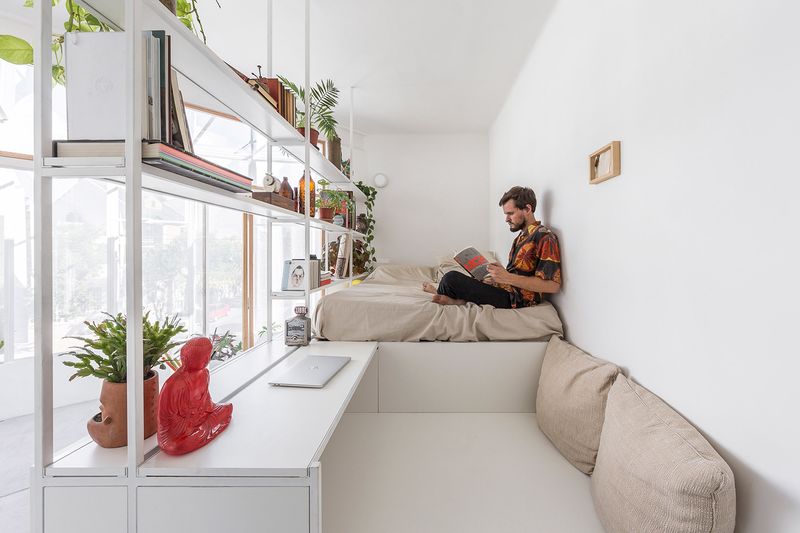
Today’s nursery might become tomorrow’s home office. Design rooms with multiple functions in mind, using modular furniture and adaptable layouts.
Consider pocket doors, movable partitions, and furniture that serves dual purposes. The most sustainable home is one that doesn’t need constant renovation as your life changes shape.
4. Invest Where It Matters Most
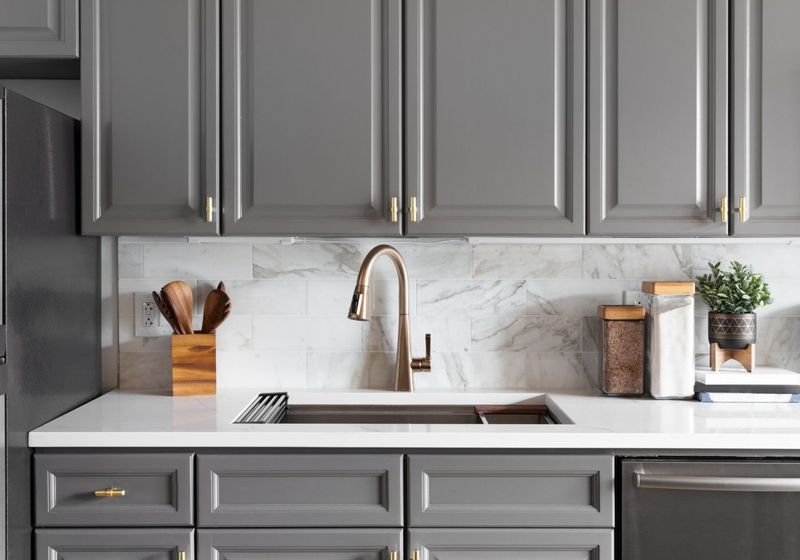
Splurge on items you touch daily: door handles, faucets, countertops. Quality here provides daily satisfaction while budget-friendly choices can work elsewhere.
Premium windows prevent drafts and reduce energy bills for decades. Remember, a forever home isn’t about perfection everywhere—it’s about strategic investment in elements that affect daily comfort.
5. Connect With Natural Light
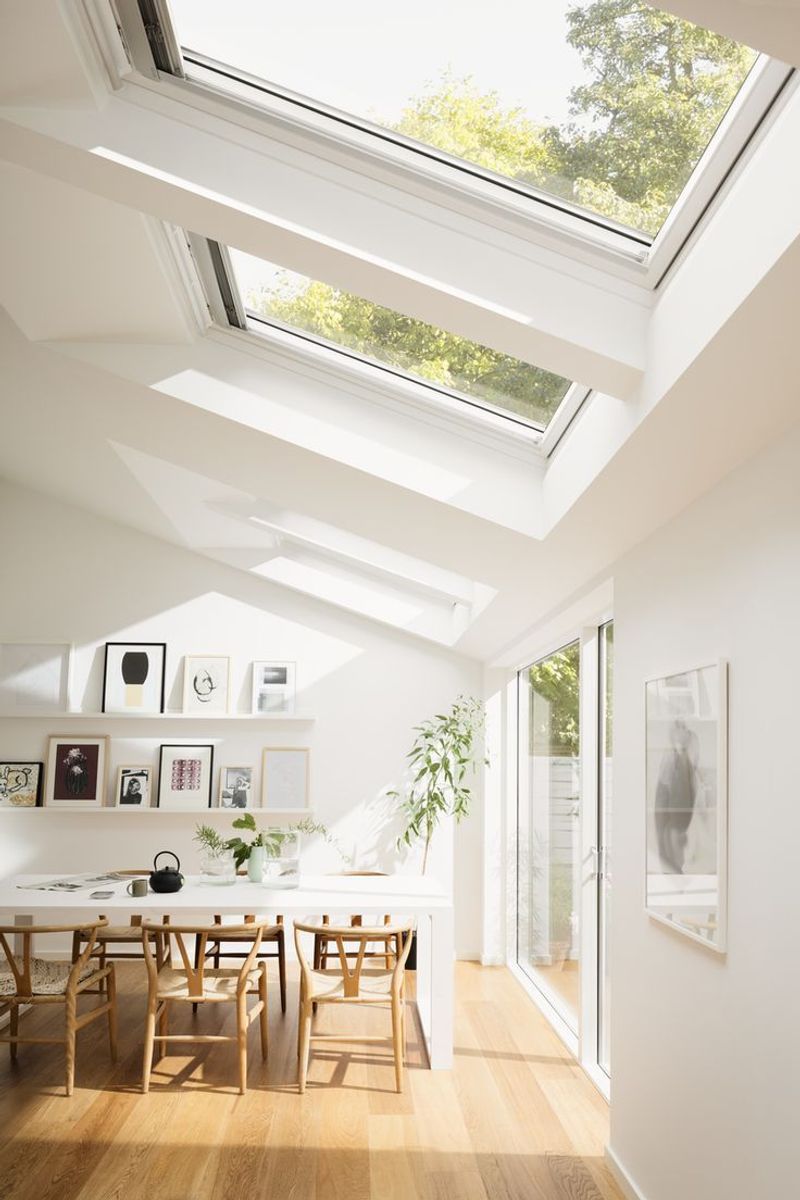
Sunlight transforms ordinary spaces into extraordinary ones. Position windows to capture morning light in bedrooms and evening glow in living areas.
Consider skylights in interior rooms that might otherwise feel dark. Natural light isn’t just about aesthetics—it profoundly affects mood, energy levels, and even sleep quality in your forever home.
6. Design For Your Climate Reality
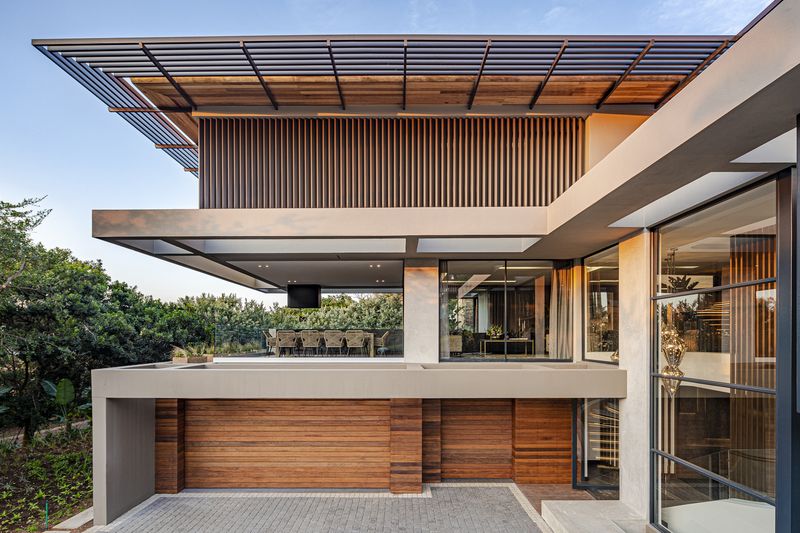
Love the look of Mediterranean homes but live where it snows six months yearly? Climate-appropriate design prevents constant battles with weather.
Deep eaves protect from summer sun yet welcome winter warmth. Local materials typically weather better in your region’s conditions.
7. Create Meaningful Gathering Spaces

Family meals, holiday gatherings, game nights—these moments define home. Design spaces where people naturally want to linger together.
Kitchen islands with comfortable seating invite conversation while cooking. Window seats become reading nooks where parents and children connect.
8. Honor Your Personal Story
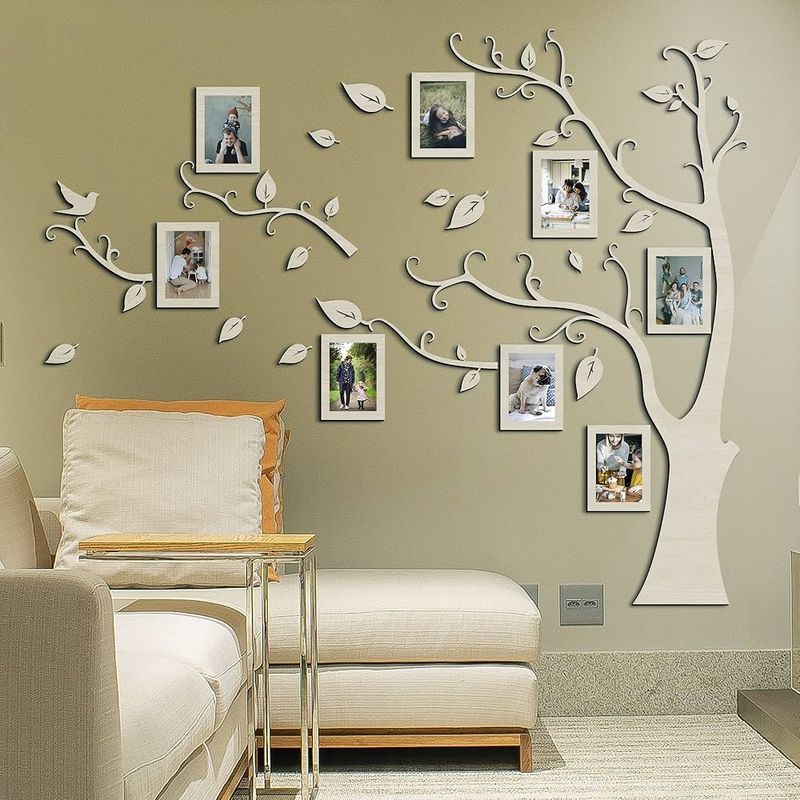
Display travel souvenirs, family photos, or inherited furniture that carries meaning. These personal touchstones transform houses into homes that tell your unique story.
Leave empty wall space for future chapters yet to be written. Authenticity matters more than perfection—your forever home should feel like a genuine reflection of who you are.
9. Plan For Privacy And Togetherness
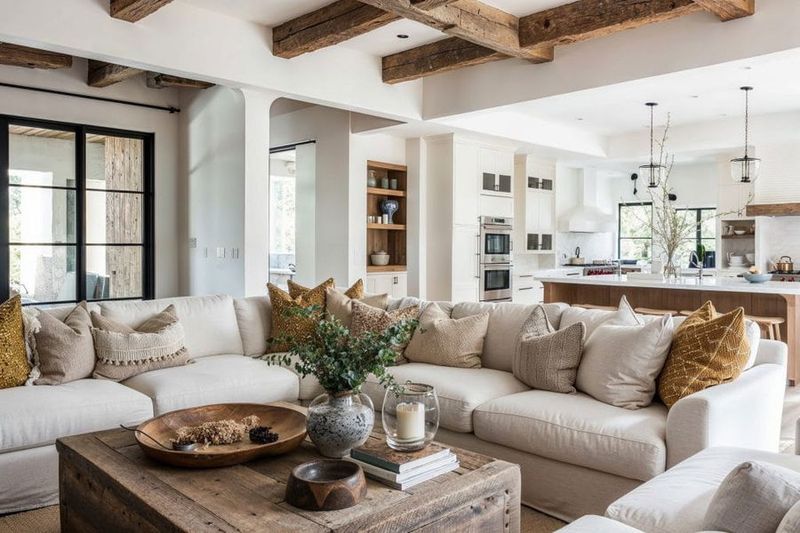
Balance communal areas with private retreats where family members can recharge. Even open floor plans benefit from quiet corners and acoustic considerations.
Bedroom placement is something you should consider carefully. Primary suites should be separated from children’s rooms to provide privacy for all.
10. Embrace Imperfection And Patina
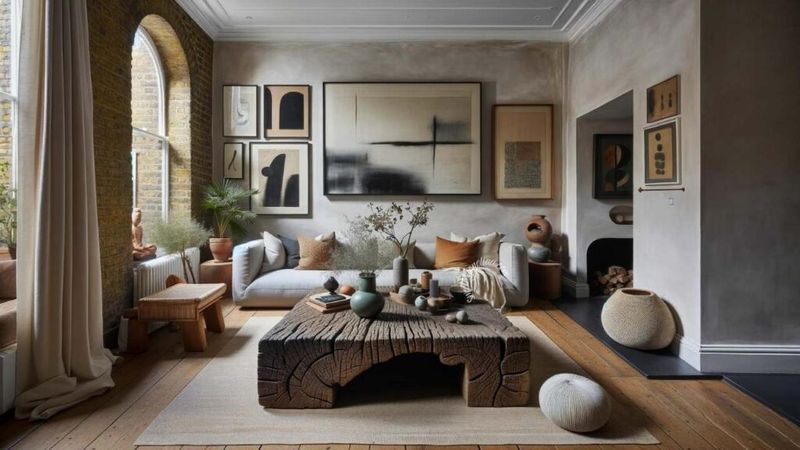
Materials that age gracefully—wood, natural stone, quality metals—develop character over time. Unlike trendy finishes that quickly look dated, these surfaces tell the story of your life. The scratch on your oak table from a child’s homework project becomes part of your history.
11. Design For Your Daily Rhythms
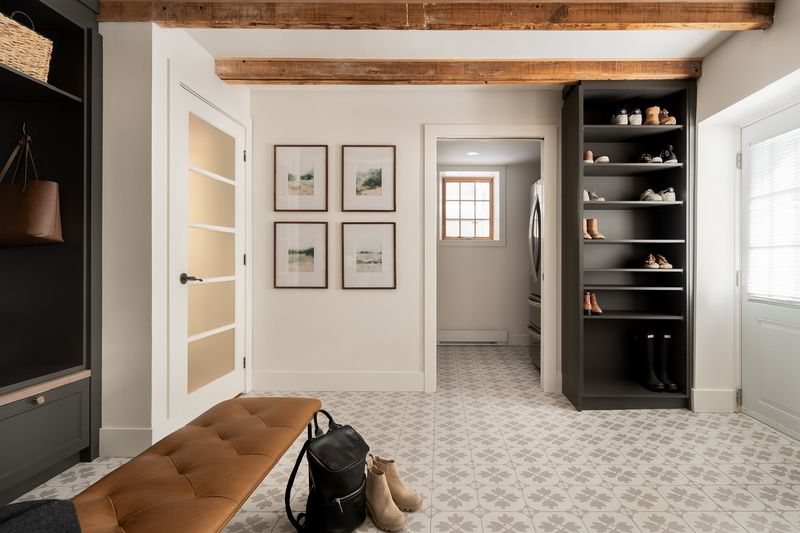
I bet you like your morning coffee spots with sunrise views. Also, evening retreat areas with gentle lighting sound so good, don’t they?
Map your typical day and create spaces that support these natural patterns. Consider where shoes come off, mail gets sorted, and backpacks land after school.
12. Incorporate Nature’s Healing Power
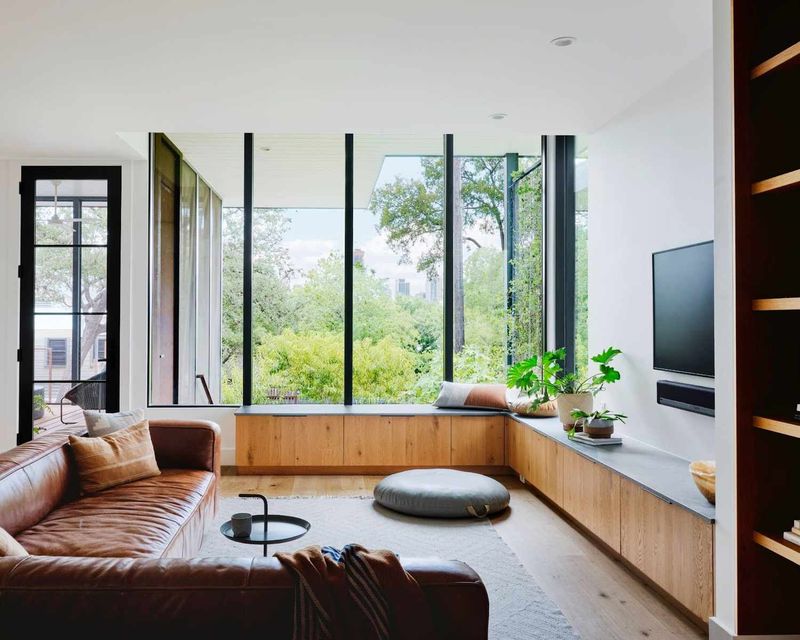
Indoor plants, natural materials, and views of greenery provide measurable benefits to physical and mental health. Biophilic design principles create spaces that feel alive.
Window seats positioned to watch seasonal changes. Garden spaces visible from work areas.
13. Create Sensory Comfort Zones
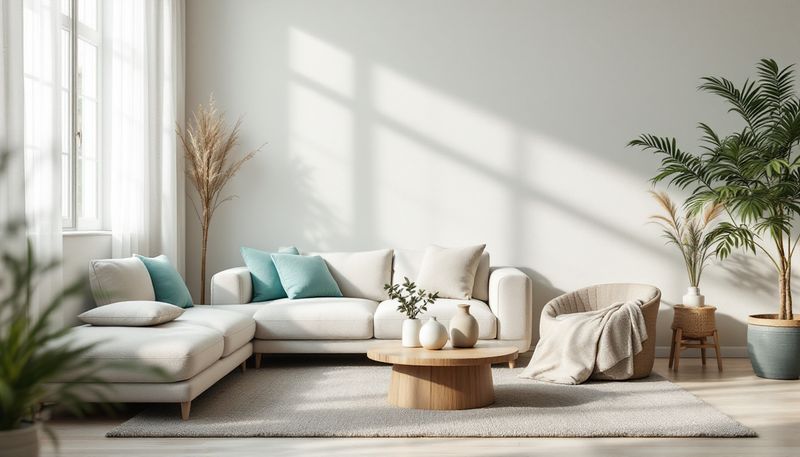
Beyond visual appeal, consider how your home feels, sounds, and even smells. Texture variations smooth counters, nubby throws, warm wood create tactile richness… All that sounds… wondeful!
Acoustic planning prevents echo chambers in open spaces. Cross-ventilation captures seasonal breezes and fresh air.
14. Build In Storage That Makes Sense

Custom storage solutions prevent the accumulation chaos that drives families from otherwise beloved homes. Analyze what you actually own before designing closets and cabinets.
Mudroom lockers sized for your specific sports equipment. Kitchen storage that fits your actual cooking tools.
15. Consider The Land’s Wisdom
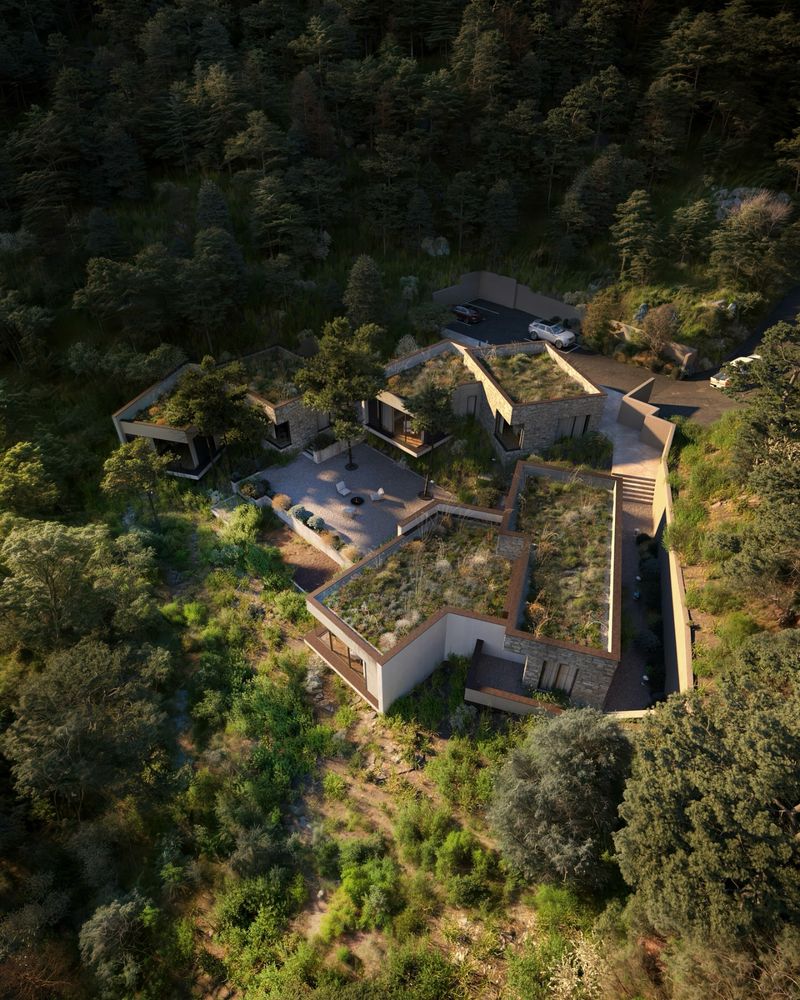
Your property has existed far longer than your home. Work with natural drainage patterns, existing trees, and sunlight paths rather than fighting them.
Homes positioned in harmony with the land typically require less maintenance and energy. A forever home respects what came before it, creating a partnership with the earth rather than an imposition.
16. Plan For Energy Independence
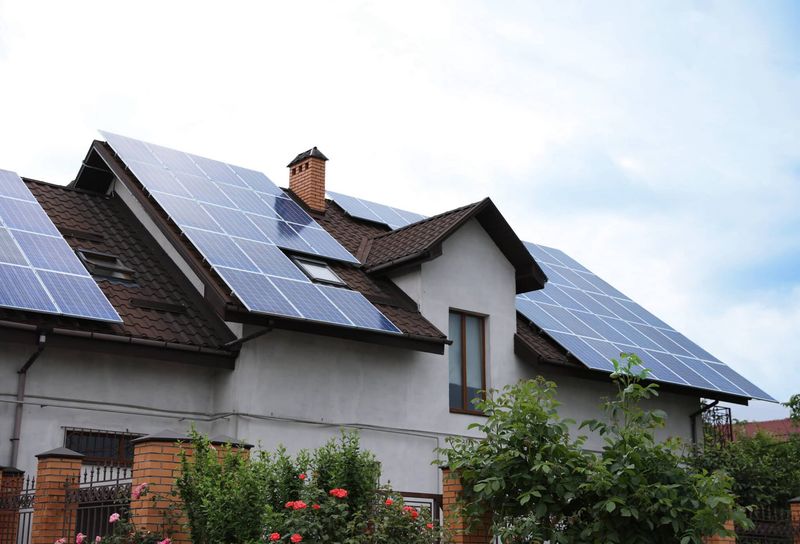
Rising energy costs make efficiency investments increasingly valuable. Proper insulation, quality windows, and renewable energy systems pay dividends for decades.
Think about infrastructure for future technologies like home batteries or electric vehicle charging. Your forever home should become more economical over time, not less.
17. Create Space For Passion Projects
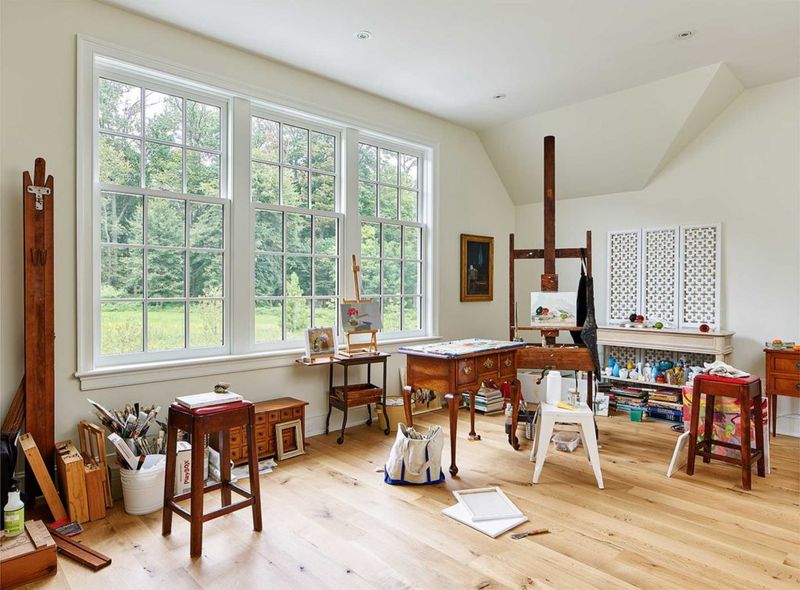
Dedicated areas for hobbies—gardening, woodworking, art, music—elevate these activities from occasional pastimes to life-enriching practices.
Even small homes can incorporate nooks for creative pursuits, like workshop spaces with proper ventilation. Your forever home should nurture the activities that bring you deep satisfaction and personal growth.
18. Honor Heritage While Embracing Change
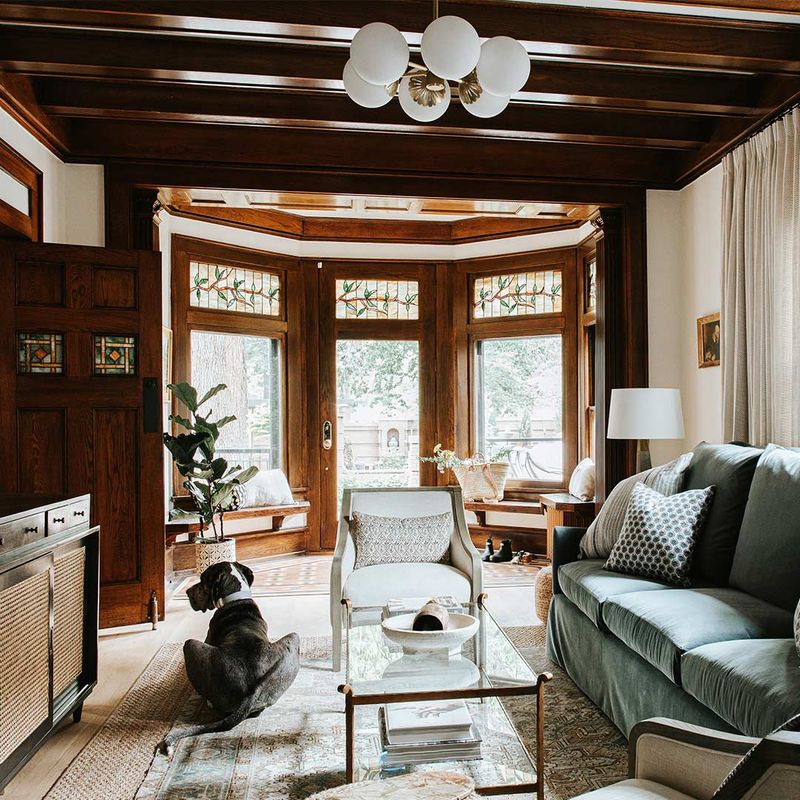
Renovating historic homes? Preserve character-defining elements while improving functionality. Building new? Incorporate architectural details that connect to your personal history.
Modern kitchens can feature grandma’s vintage cabinet hardware. Contemporary spaces can showcase cultural elements that reflect your roots. Your forever home should bridge past and future meaningfully.
19. Make Room For The Unexpected
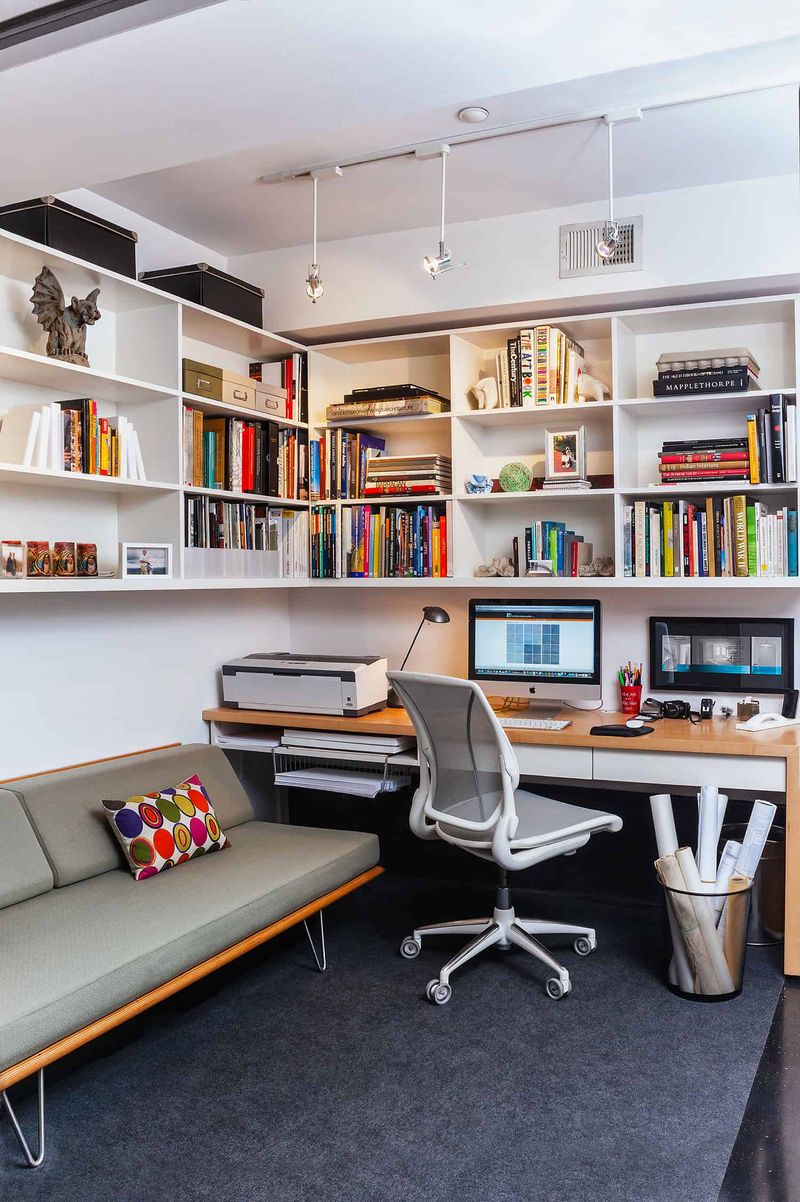
Life brings surprises—aging parents needing care, adult children returning home, new hobbies requiring space. Build in flexibility for these unplanned chapters.
I just love it when guest rooms that convert to offices! Your forever home should accommodate life’s plot twists without major reconstruction.
20. Cultivate Outdoor Living Extensions
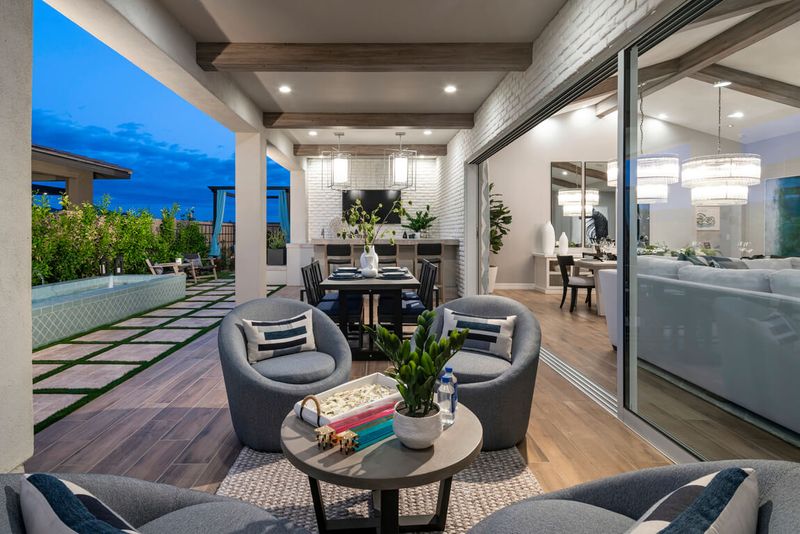
Porches, patios, and garden rooms effectively expand your living space for much less than interior square footage. These transitional areas connect you to nature and seasons.
A true forever home doesn’t shut nature out—it invites it in. Think breezy porches that catch every sunset without a mosquito in sight, or shaded patios that flip into open-air dining rooms come summer. The goal isn’t just more square footage—it’s a lifestyle that flows effortlessly between indoors and out.

